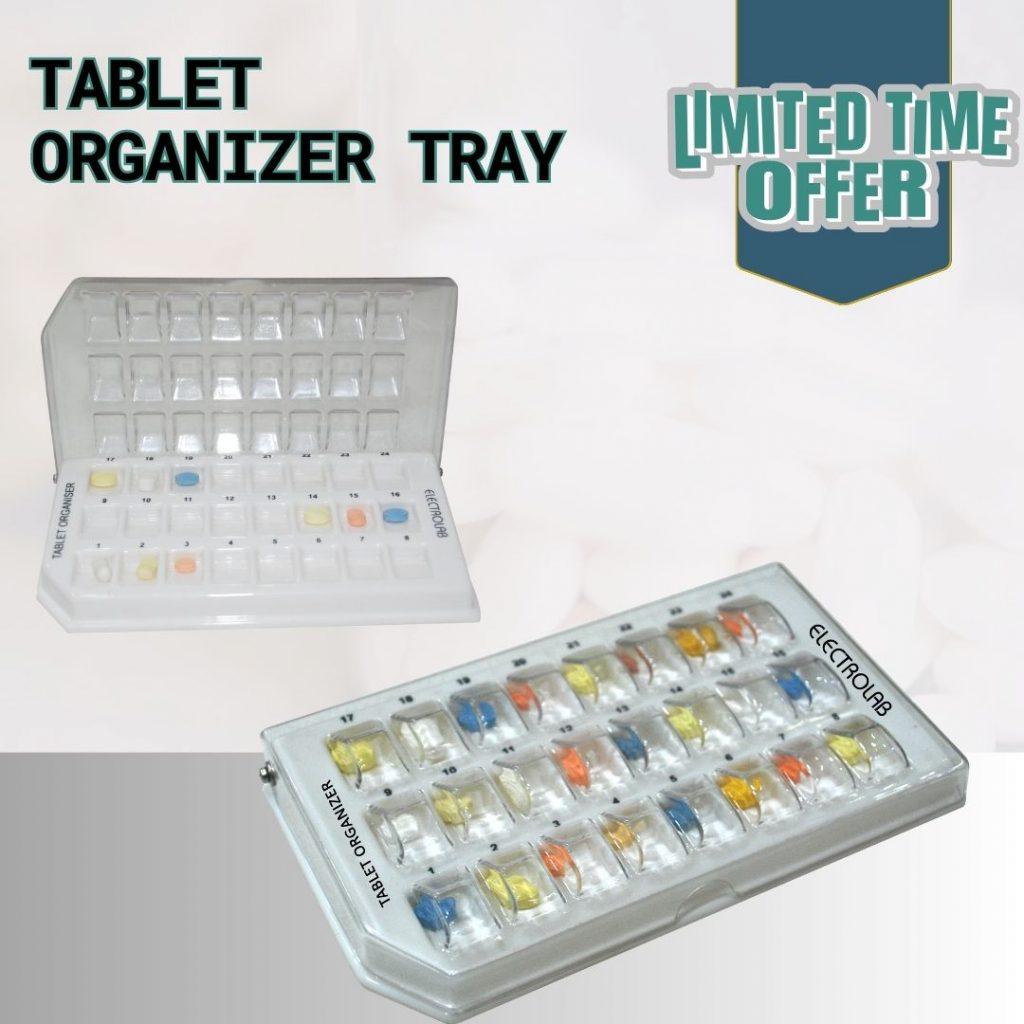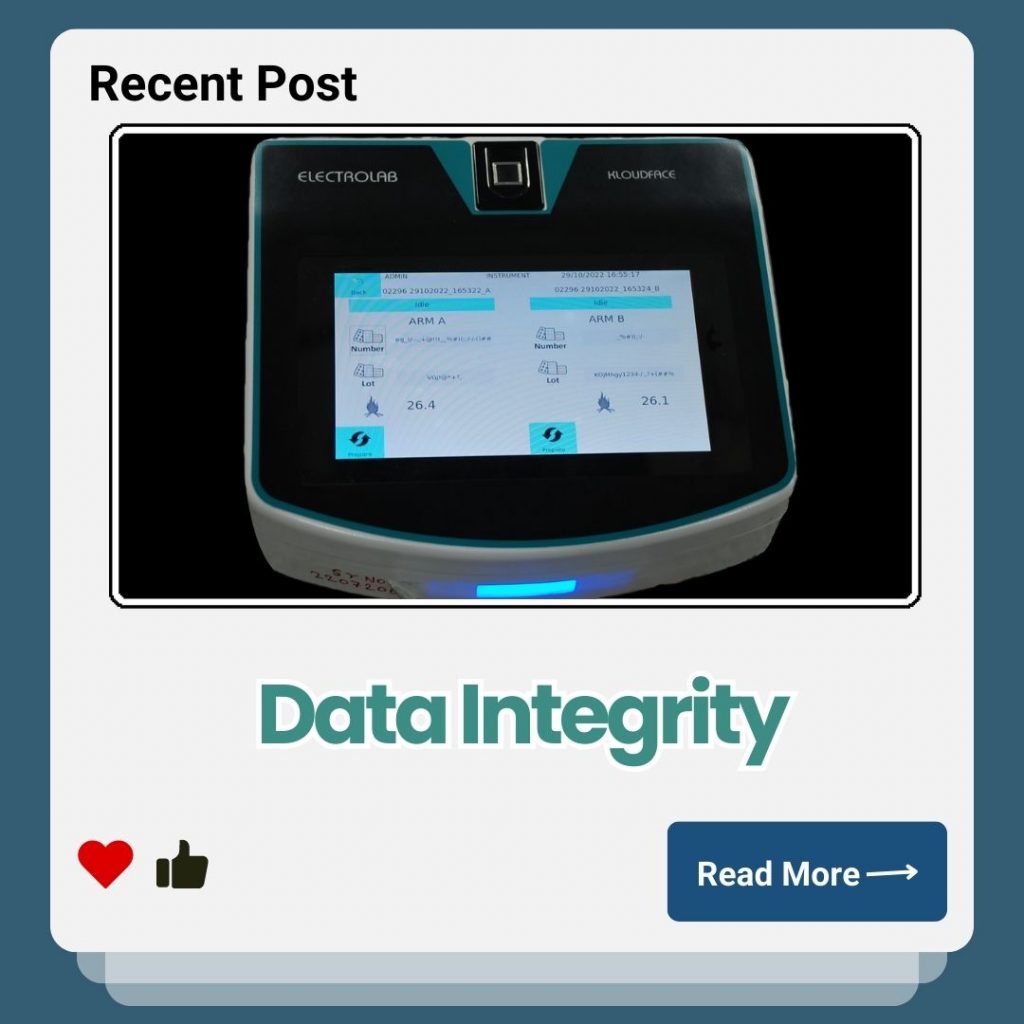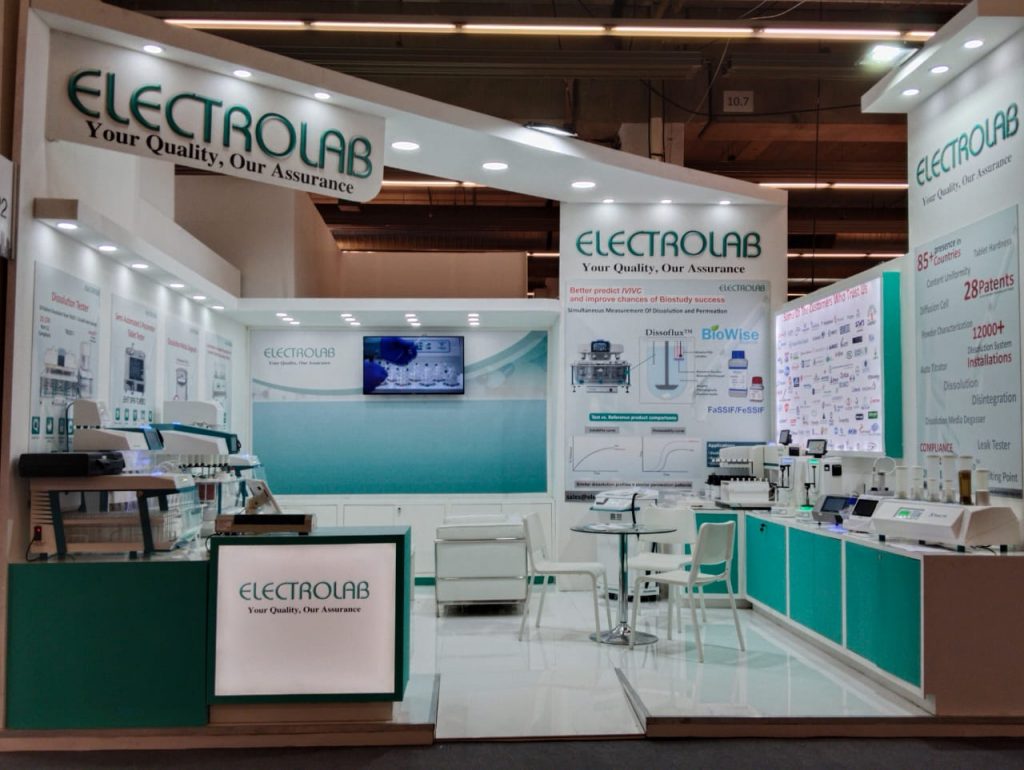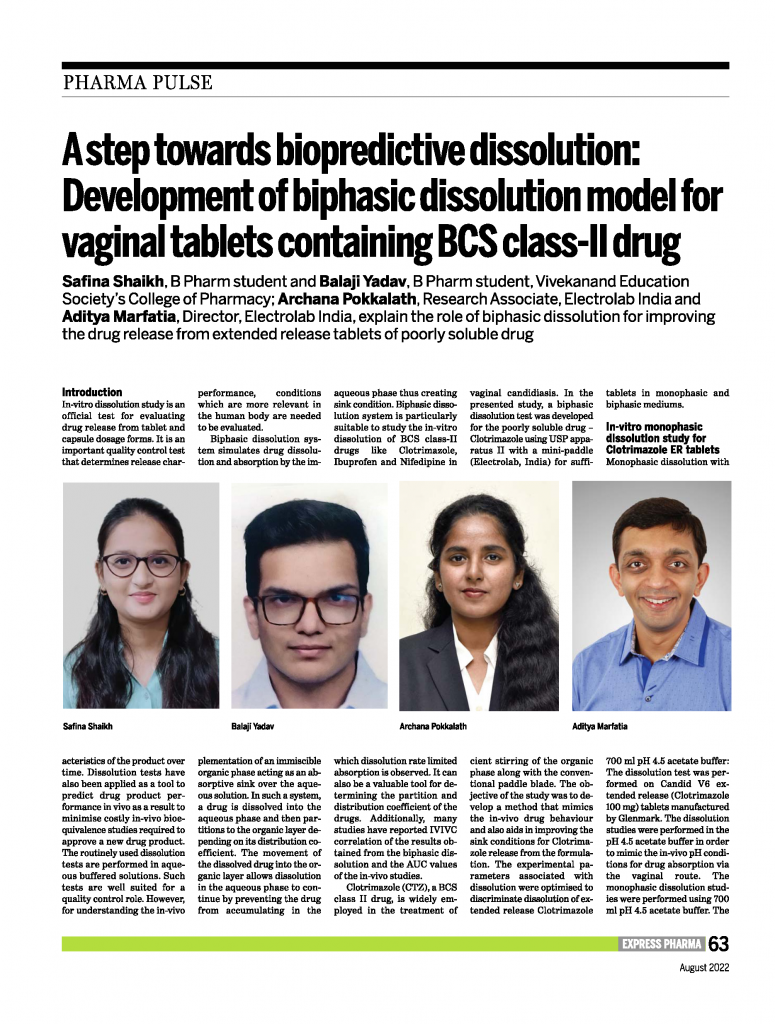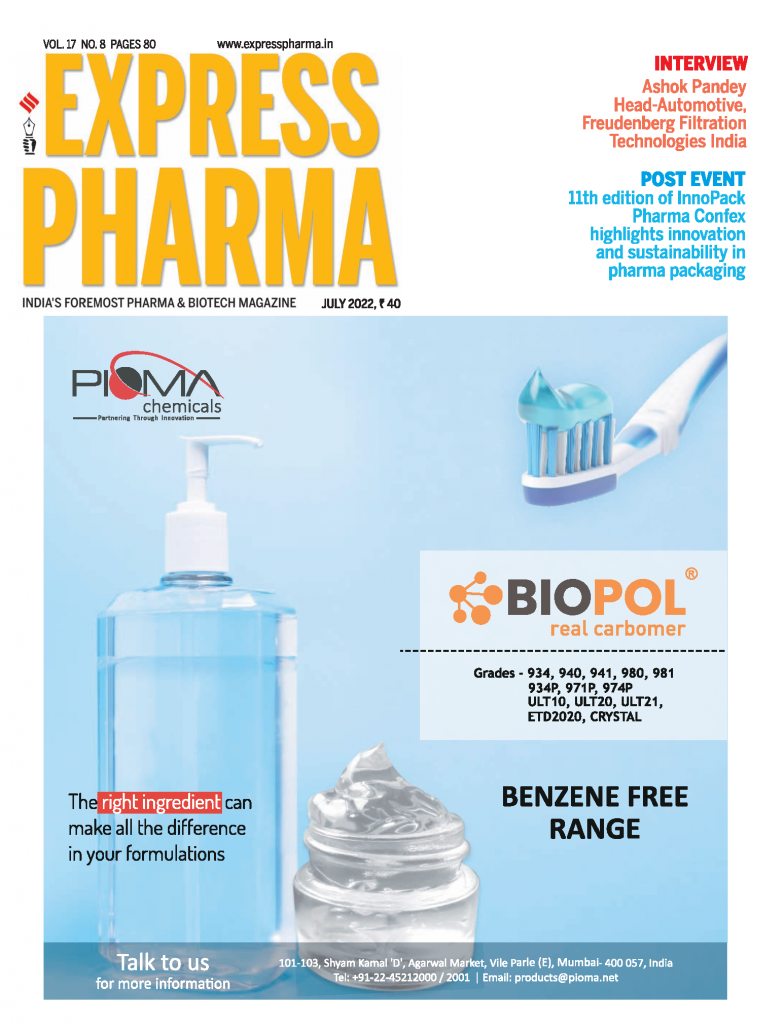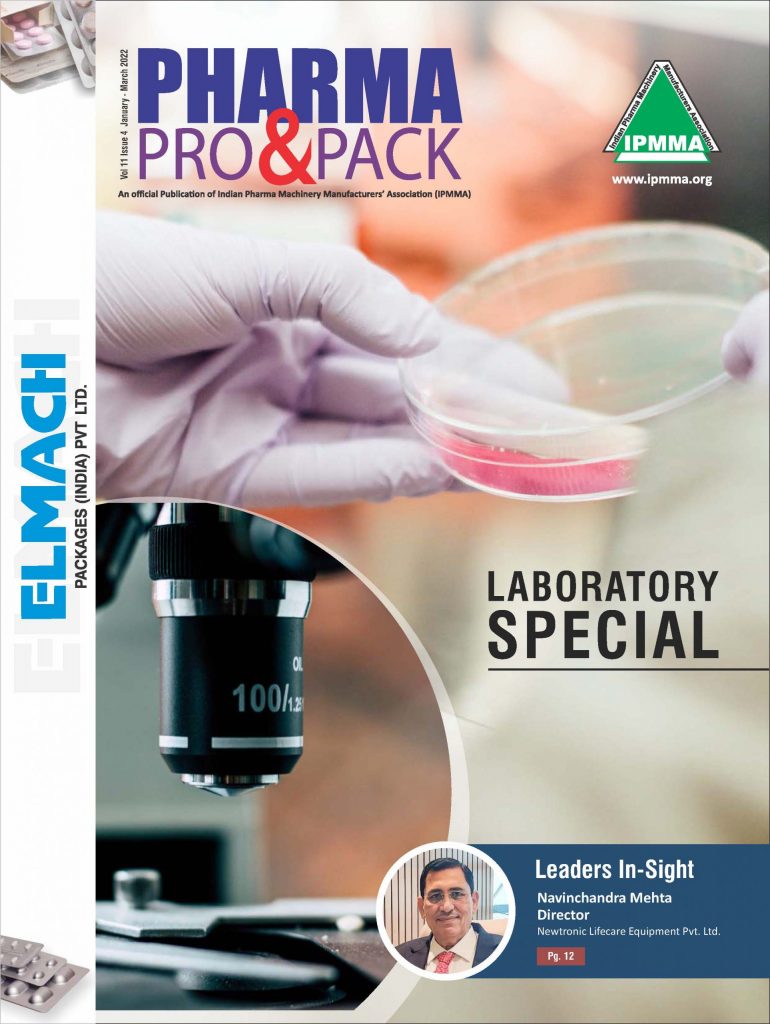USP 4 Flow-Through Cell: The Ideal Tool for Dissolution Testing of Novel Drug Delivery Systems
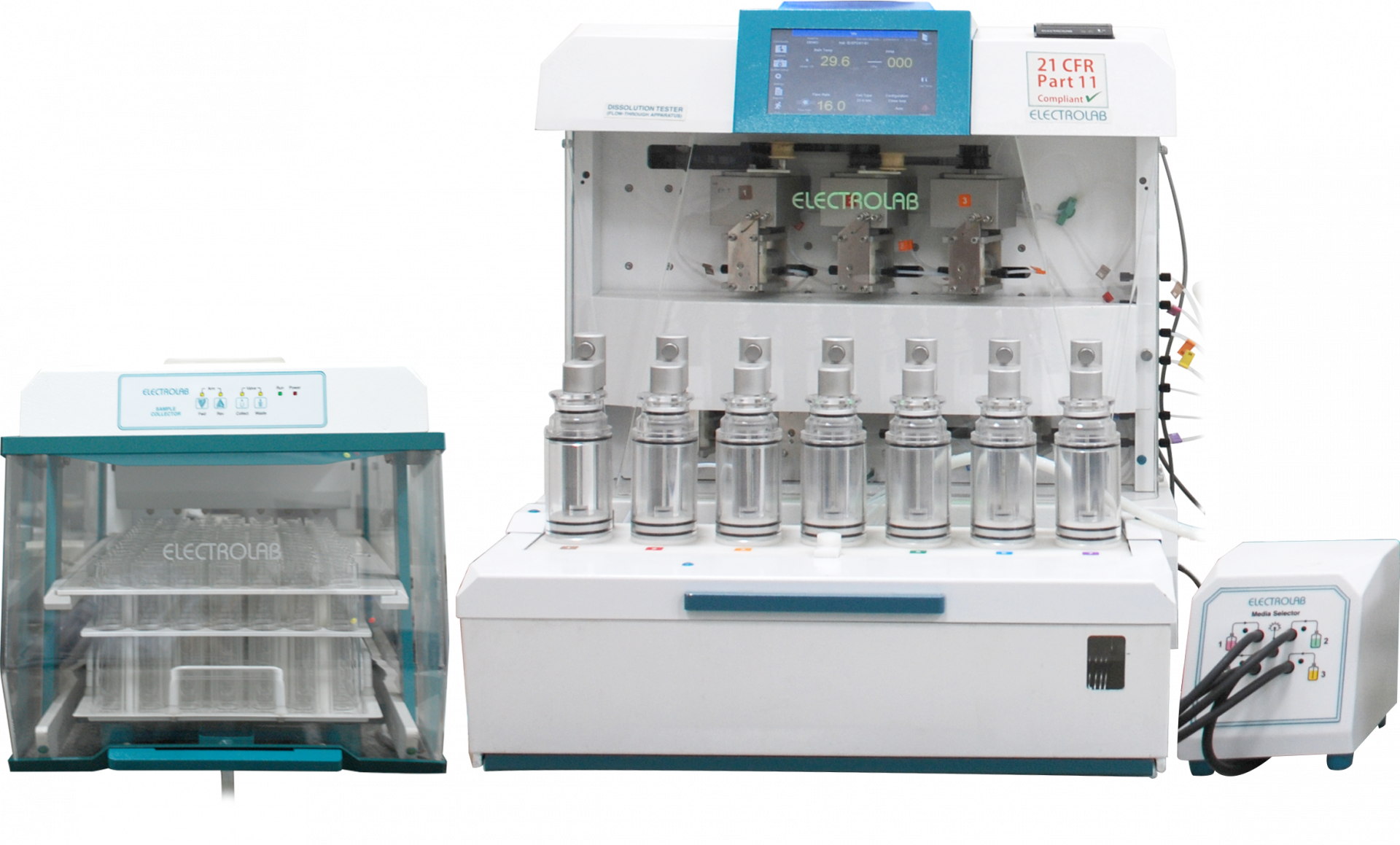
Introduction
In the pharmaceutical industry, USP 4 flow-through cell dissolution testing is essential for ensuring that drugs work as intended and meet quality standards. It measures how quickly a drug dissolves in a specific liquid. This data helps researchers understand how the drug will behave in the body.
This process is crucial for consistent and effective treatment. Moreover, consistent drug release profiles simplify regulatory approvals. Much of the drug’s performance and safety can be demonstrated through these results.
As formulations evolve, they include more complex products. Traditional dissolution apparatus such as the paddle and rotating basket often fail to meet these needs. Therefore, advanced techniques are required for poorly soluble medications, matrix tablets, controlled-release tablets, injectables, stents, and implants.
The USP type IV or flow-through cell, offers a reliable solution. It simulates gastrointestinal conditions with continuous medium flow. As a result, it provides results that reflect real-world performance for novel formulations.
The USP IV Flow-through Cell system delivers dynamic and precise drug release assessment. Consequently, it is well-suited for advanced formulations that are difficult to test with conventional methods.
USP IV Flow-through Cell Dissolution Apparatus
The USP IV Flow-Through Cell is designed for evaluating formulations that need dynamic testing environments. These include controlled-release, extended-release, and poorly soluble drugs. By circulating the dissolution medium continuously, it provides a more accurate and physiologically relevant simulation than static methods.
Key Components
| Component | Description |
|---|---|
| Reservoir | Holds the dissolution medium. It may be temperature-controlled. |
| Pump | Controls the flow rate and pushes the medium upward through the cell. The flow can be pulsating or steady. |
| Flow-through Cell | A transparent cylinder with a conical bottom and a fine opening at the apex. A filter system retains undissolved particles. |
| Water Bath | Maintains the medium’s temperature by immersing the cell. |
This steady flow technique allows precise control of key parameters such as flow rate and temperature. Therefore, it ensures higher precision and reproducibility, especially in complex drug formulation testing.
The USP type IV apparatus is increasingly recognized for its reliability in modern pharmaceutical testing.
Benefits of USP Type IV Flow-Through Cell for Modern Formulations
Handling Complex Formulations
The USP IV apparatus is ideal for assessing controlled-release and extended-release formulations. These are common in the pharmaceutical sector for achieving IVIVC correlation.
Continuous medium flow mimics physiological conditions more closely. Thus, it enables a more accurate evaluation of drug performance over an extended period.
Simulating Physiological Conditions
Conventional dissolution methods rely on static hydrodynamics. These fail to replicate the continuous movement of fluids in the human gastrointestinal tract.
The USP IV apparatus solves this limitation by creating a dynamic in-vivo-like environment. Consequently, it improves prediction of formulation behavior after administration.
Improved Discrimination
The USP IV apparatus can detect subtle variations in drug release. This feature is especially useful for formulations with low or variable solubility.
Its continuous medium flow enhances sensitivity, leading to more detailed dissolution profiles. As a result, outcomes are more consistent and dependable.
Why the USP Type IV Flow-Through Cell Is the Ideal Choice for Novel Drug Delivery Systems
Modern formulations include extended-release tablets, poorly soluble APIs, and multiparticulate systems. Therefore, there is a growing need for testing methods that go beyond USP I and USP II apparatus.
The USP type IV stands out because of its versatility, accuracy, and closer simulation of physiological conditions. Unlike classic dissolution tests, it uses continuous flow to mimic the GI tract. This makes it more appropriate for controlled-release and site-specific drug delivery.
In addition, it prevents medium stagnation and supports long-duration testing. This is particularly valuable for extended-release formulations.
The USP type IV also enhances specificity and robustness. These factors are crucial for regulatory approval and formulation refinement. Moreover, its growing acceptance by authorities highlights its role in advancing pharmaceutical analysis.
Applications of the USP IV Flow-Through Cell in Pharmaceutical Testing
| Application Area | Description |
|---|---|
| Controlled-release formulations | Supports prolonged testing and replicates GI tract transit time. |
| Poorly soluble drugs (BCS II & IV) | Improves solubility and release evaluation under sink and non-sink conditions. |
| Suspensions and emulsions | Prevents particle settling by ensuring uniform medium flow. |
| Orally disintegrating tablets | Allows rapid disintegration testing under dynamic conditions. |
| Multiparticulate systems | Maintains uniform dispersion for accurate testing. |
| Transdermal and implantable dosage forms | Supports long-duration studies that mimic steady drug release. |
| Biorelevant systems | Uses physiological media with variable flow to mimic fed or fasted states. |
| Regulatory and IVIVC studies | Facilitates IVIVC and compliance with regulatory standards. |
| Stability and shelf-life testing | Evaluates dissolution of aged samples to confirm product stability. |
| Pre-formulation and R&D | Enables controlled screening of early-stage formulations. |
How to Conduct Dissolution Testing with USP Type IV Flow-Through Cell
Apparatus Setup
Begin by assembling the USP type IV apparatus, including the cell, pump, and collection vessel. Ensure proper calibration of flow rate and temperature.
Sample Preparation
Weigh and prepare the dosage form accurately. Place it in the flow-through cell, where the medium circulates continuously.
Test Conditions
Adjust the flow rate, usually between 5–10 mL/min. Maintain the medium at 37°C to replicate physiological conditions. Choose the correct dissolution medium for the formulation.
Sampling and Analysis
Collect aliquots at specific time intervals. Analyze drug concentration using UV-visible spectroscopy or HPLC.
Data Interpretation
Calculate the percentage of drug released at each time point. This profile provides insight into bioavailability.
Best Practices
Maintain strict control over flow rates. Regular calibration and apparatus maintenance minimize variability and ensure reproducible results.
Conclusion
The USP type IV Flow-Through Cell apparatus delivers precision and versatility for testing modern formulations. Its continuous flow design reflects physiological GI conditions more accurately than static methods.
Therefore, it is particularly suited for controlled-release products, matrix tablets, and poorly soluble drugs. Moreover, its adjustable flow rates, temperature monitoring, and medium composition enable customized testing.
In conclusion, the USP IV apparatus enhances reliability in testing, supports regulatory approval, and ensures the development of safe and effective pharmaceuticals.
